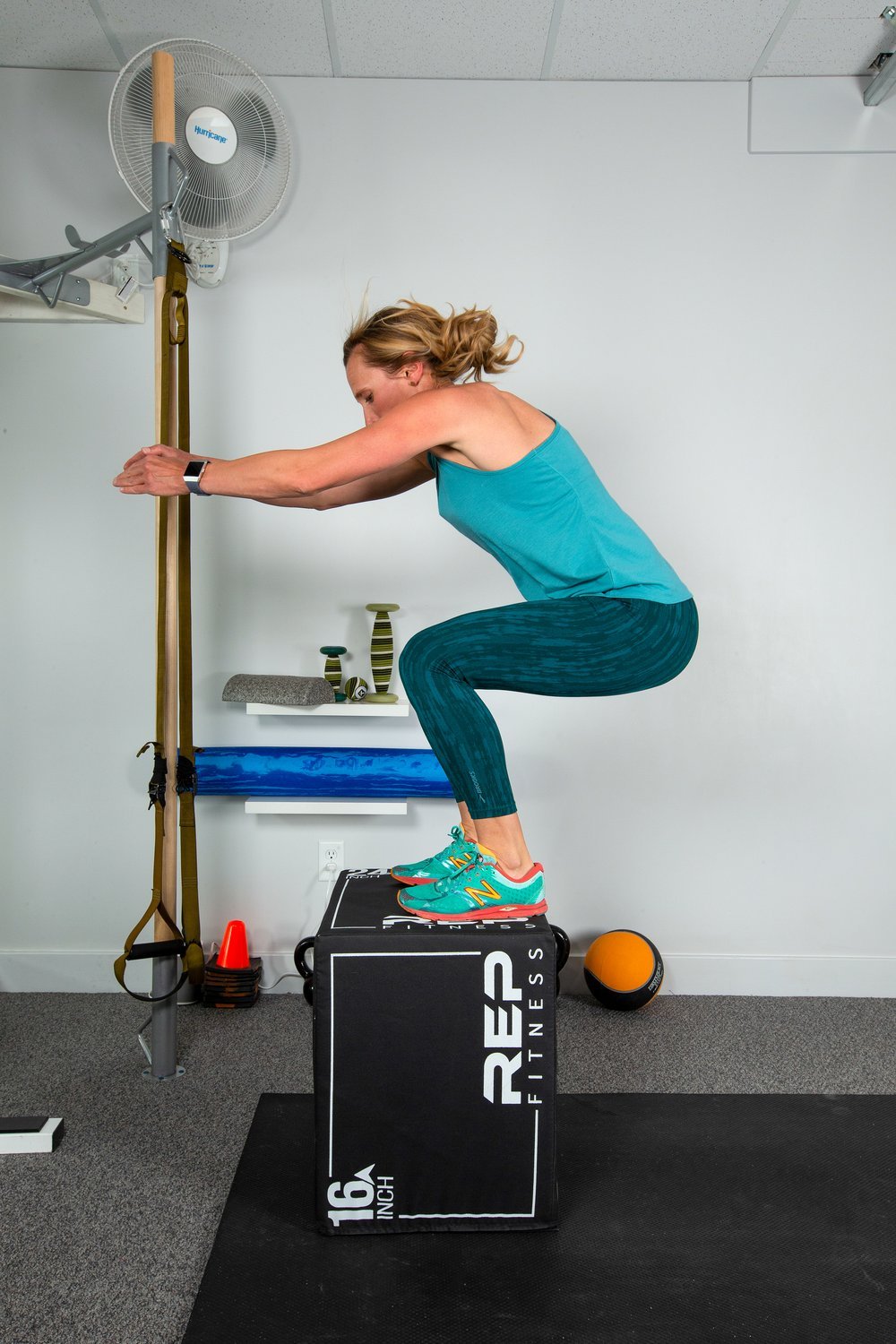In our Boulder Physical Therapy practice we commonly address areas of weakness in a patient or client’s body that is limiting performance, as well as, precipitated or perpetuated their current condition. Strength is an essential component of health allowing us to participate in our chosen activities at the level we desire. For example, running at the distance, speed, days/week, and volume of training we choose vs. running at the level our bodies will currently tolerate.
In addition to strength, each patient at our Boulder Physical Therapy practice is trained to improve the speed at which their muscles contract. Enabling a high level athlete to leap powerfully or change directions during their sport, or an older adult to stabilize themselves after losing their balance during walking. Strong muscles which can contract rapidly is the key for success with strong and slow or weak and slow muscles performing less effectively during our daily lives and recreational activities. In Physical Therapy, we measure this aspect of muscle performance, rate of force development (Maffiuletti et al. Eur J App Physiology. 2106. Larson. JOSPT. 2022), with a digital gauge. Improving rate of force development becomes more important after an individual has attained a higher level of strength or muscular capacity during their Physical Therapy rehabilitation program.
Rate of force development can be improved through a few different exercise prescriptions. First, a weight training program consisting of multi joint exercises performed at a high intensity using a 5-8 rep max will improve muscle mass and muscle activation allowing for more forceful contractions. In short, greater muscle mass and strength allows for more muscle to be available during explosive movements. In addition, participants can select olympic movements such as the clean, deadlift, and squat focusing on lower rep ranges (1-5) and quick, powerful movements. Finally, and most intuitively, participants should aim to work to incorporate jump training/plyometrics to improve muscle contraction speed. Working from squat jumps to drop jumps to box jumps to countermovement jumps. Aiming for 3-5 sets of 5 repetitions. Emphasis should be placed on minimizing the time required to perform the movement.

